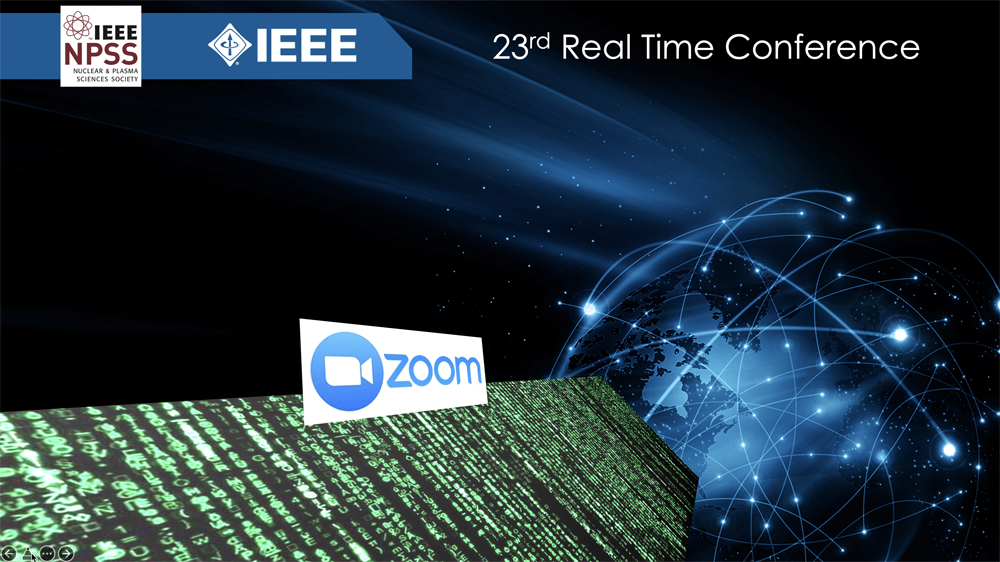The timing information carried by the waveforms important when reconstructing the particle trajectory especially in the application of time-of-flight detectors. The traditionally used timing methods, including the leading edge discrimination (LED) and the constant fraction discrimination (CFD), are easily realized in the circuit but obviously the time information of the pulse has not been...
Real-time data collection and analysis in large collider experimental facilities present a great challenge across multiple domains, such as at the sPHENIX experiment at the Relativistic Heavy Ion Collider and future experiments at the Electron-Ion Collider. To address this, machine learning (ML)-based methods for real-time data compression have drawn significant attention. However, unlike...
Neural Network (NN)-based inference deployed in FPGAs or ASICs is a powerful tool for real-time data processing and reduction. FPGAs or ASICs may be needed to meet difficult latency or power efficiency requirements in data acquisition or control systems. Alternately one may need to design ASICs for special conditions, like use in high radiation areas. The software package, hls4ml, was designed...
With the increase of luminosity for accelerator colliders as well as a granularity of detectors for particle physics, more challenges fall on the readout system and data transfer from detector front-end to computer farm and long term storage. Modern concepts of trigger-less readout and data streaming will produce large data volumes being read from the detectors.
From a resource standpoint, it...

